Electric Slide Organistrum arises from the idea of creating an acoustic instrument based on a gestural interface.
The category “electric musical instruments” includes all instruments that use electrical devices to determine or affect the sound they produce. Amplified instruments are found within this category, and they are those using electronic circuitry to amplify the signals generated when played. An example of this is the electric guitar, where the sound is the result of transducing string’s motion into an electrical signal. If the process described above is carried out in reverse, it is possible to cause the motion of a string using an electrical signal. This process is being implemented in this project as a way of producing sound.
On the other hand the evolution of computer vision allows humans and machines to interact without the need of mechanical input devices like keyboard and mouse. These days a video camera is more than a device used to record what is happening to be played later, it is also a sensor through which we can interact with computers without having to touch them.
eSO is a non amplified stringed musical instrument, where the string vibration is caused electromagnetically and the pitch is controlled by the movement of the performer in front of a camera.
DESIGN The design of this instrument focused on three main areas:
Vibration of the string : Find a musically attractive and convenient way to cause the vibration of a string.
Pitch variation: Evaluate methods for obtaining variations in the pitch produced by a vibrating string.
Interaction between performer and instrument : Design an attractive, intuitive and adequate way of interacting with the instrument.
APPROACH The main influence of eSO are the bowed string instruments. In these instruments, strings vibrate when rubbed with a bow and sound is a result of vibration. This way of causing the vibration of the strings allows for a completely different sound compared to that obtained by manually plucking the strings.
Moving a bow over a string using robotic systems is a relatively complex task that requires many custom mechanical parts, so I decided to seek an alternative way of imitating the bow’s sound effect , keeping the mechanical complexity of the device affordable. I tried to build the instrument using pieces of obsolete electronic devices (as ink jet printers, relays and DC motors). The organistrum is a rubbed string instrument originally used to accompany sacred music. In this instrument vibration of the string is caused by a rubbing roller, driven by a crank. This mechanism introduces an interesting concept that is “infinite sustain”. In bowed string instruments, because the arc has a finite length, the duration of a note is limited. When the strings are rubbed by a roll, the sound remains as much as the performer wants.
Building a roller, with the roughness necessary for causing the vibration of the strings was an option, but during the investigation it became clear that such mechanisms would demand ongoing maintenance (waxing and calibrating the roller, incorporating cotton yarn to the strings, etc). That’s why I decided to seek a mechanically simpler alternative.
The Ebow (Energy Bow), developed in 1969, is an accessory for playing electric guitar. This device causes vibration of the strings by means of a magnetic field. After studying the operation of that device it was decided to use this principle as a way of causing the vibration of the string of eSO.
The circuit of the EBowis based on an operational amplifier with positive feedback and two coils (input and output). The motion of the string in presence of a magnetic field induces current in the input coil. This current is amplified and flows through the output coil inducing a variable magnetic field causing de vibration of the string. The positive feedback allows the system to be capable of exciting the...
Read more »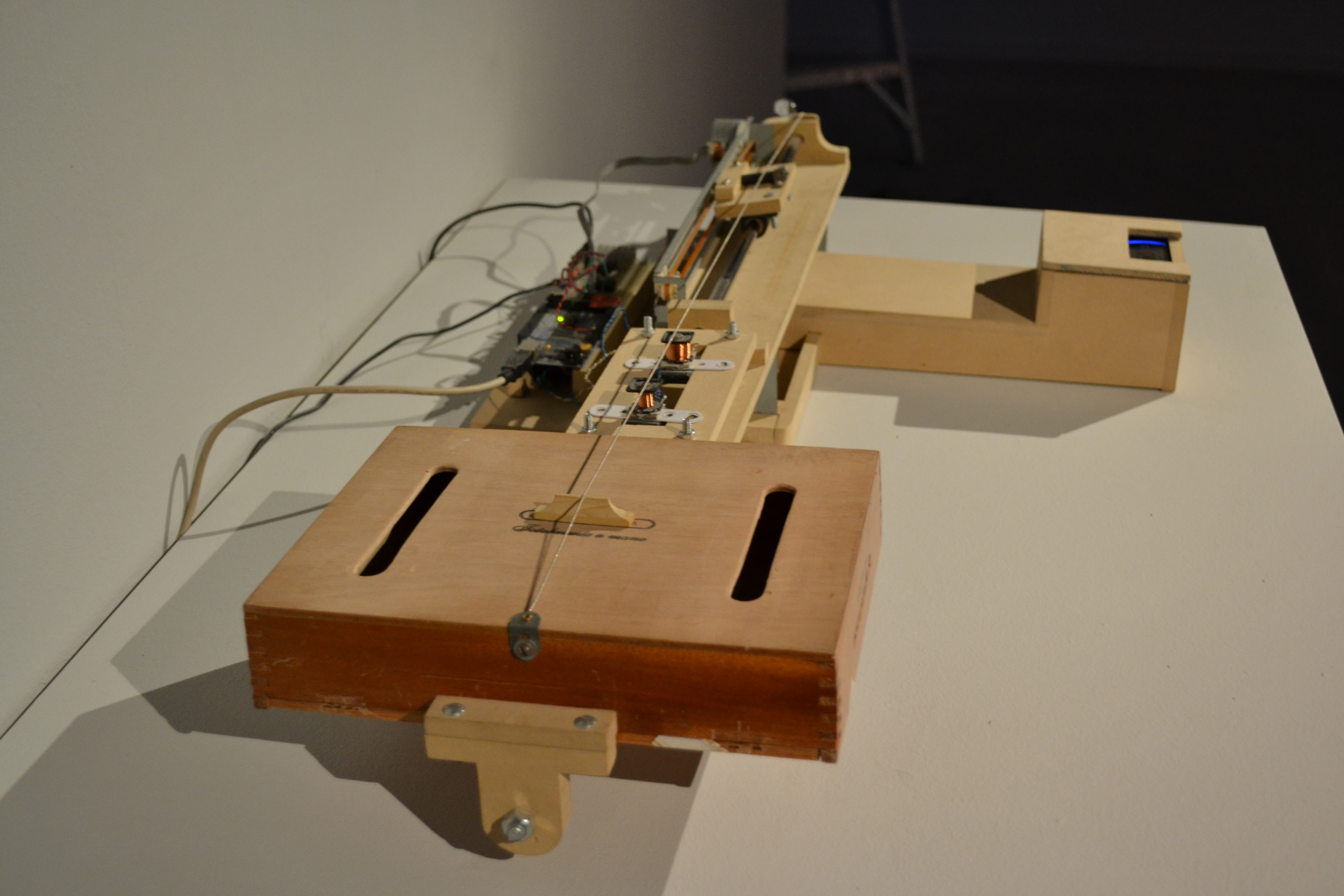
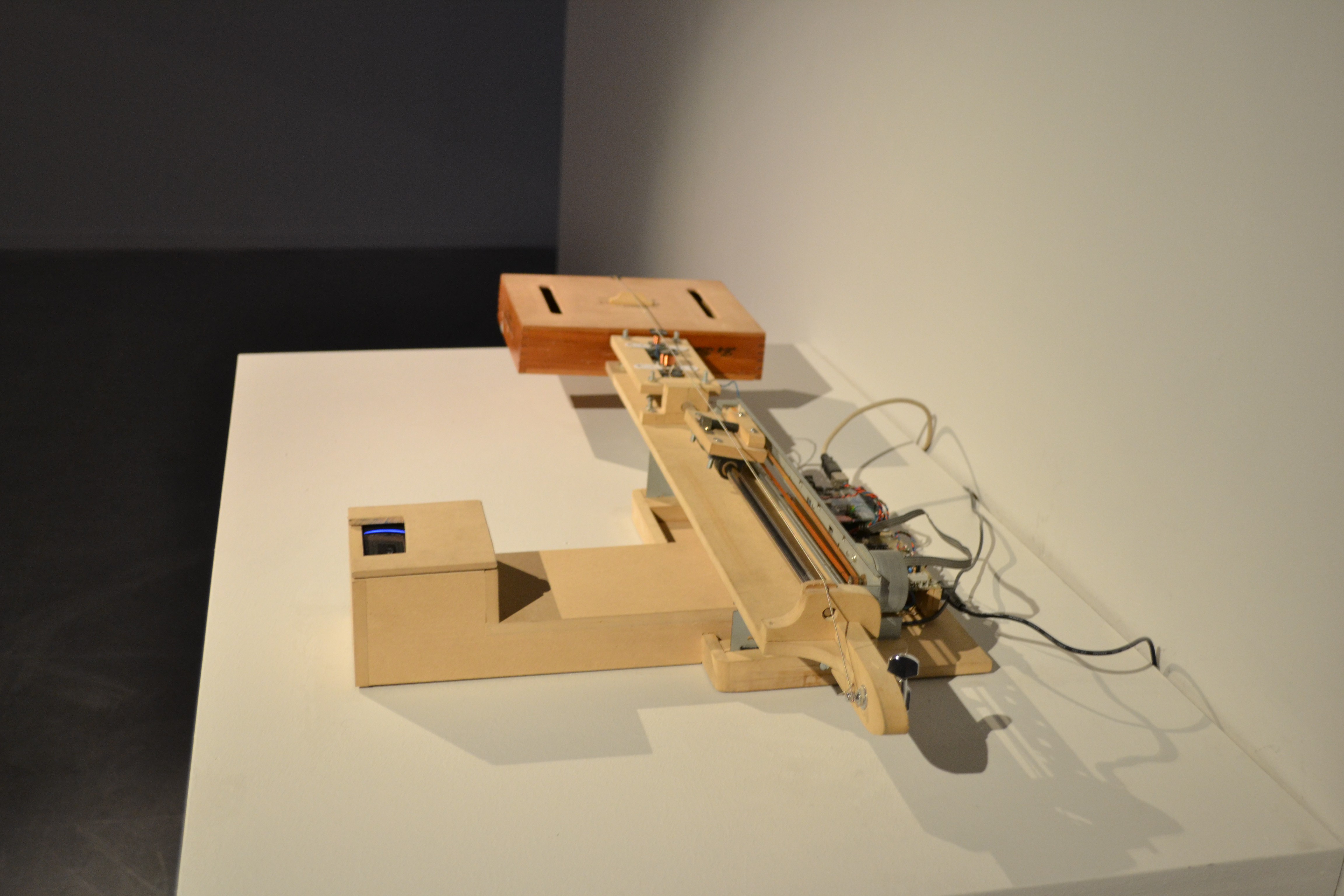
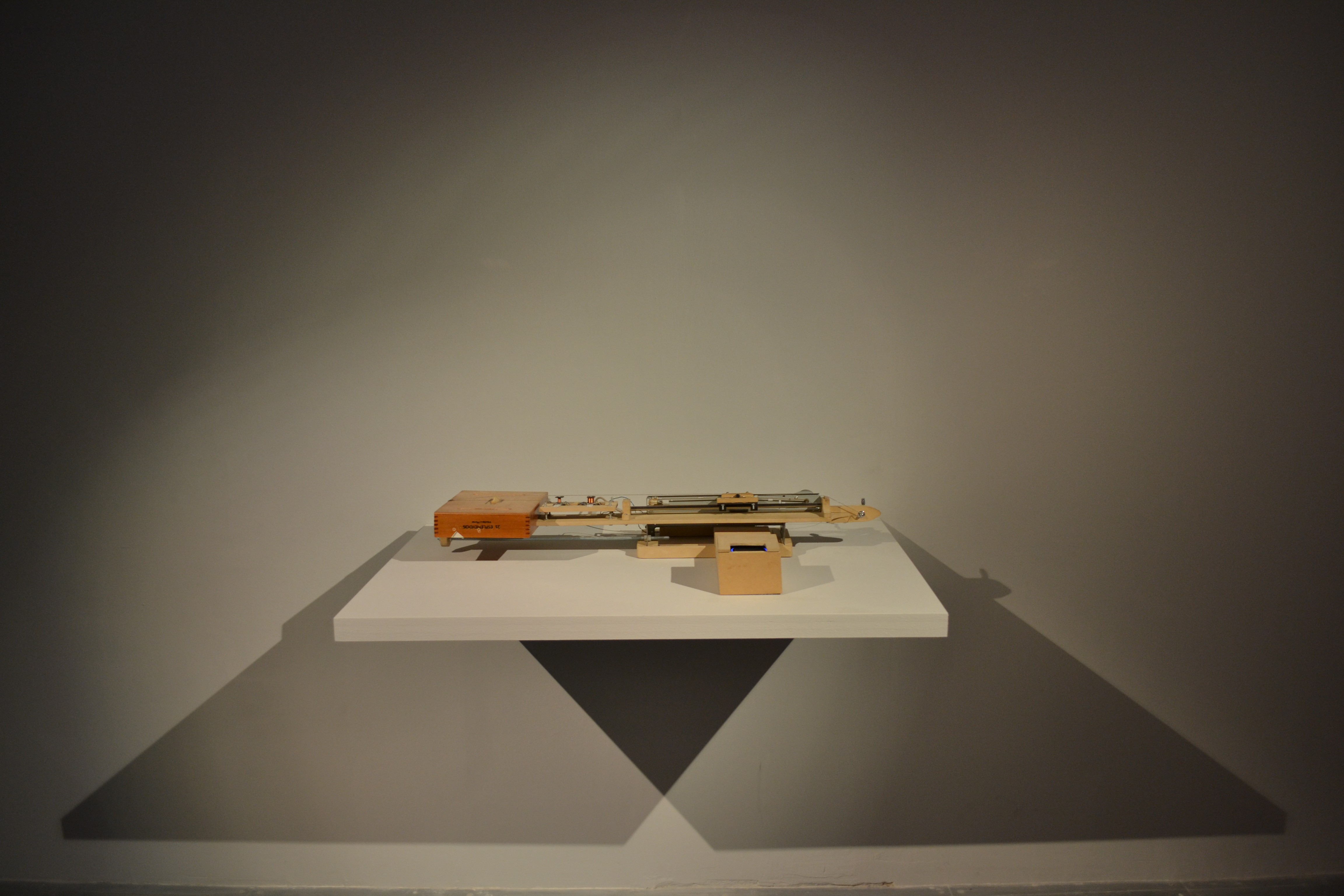
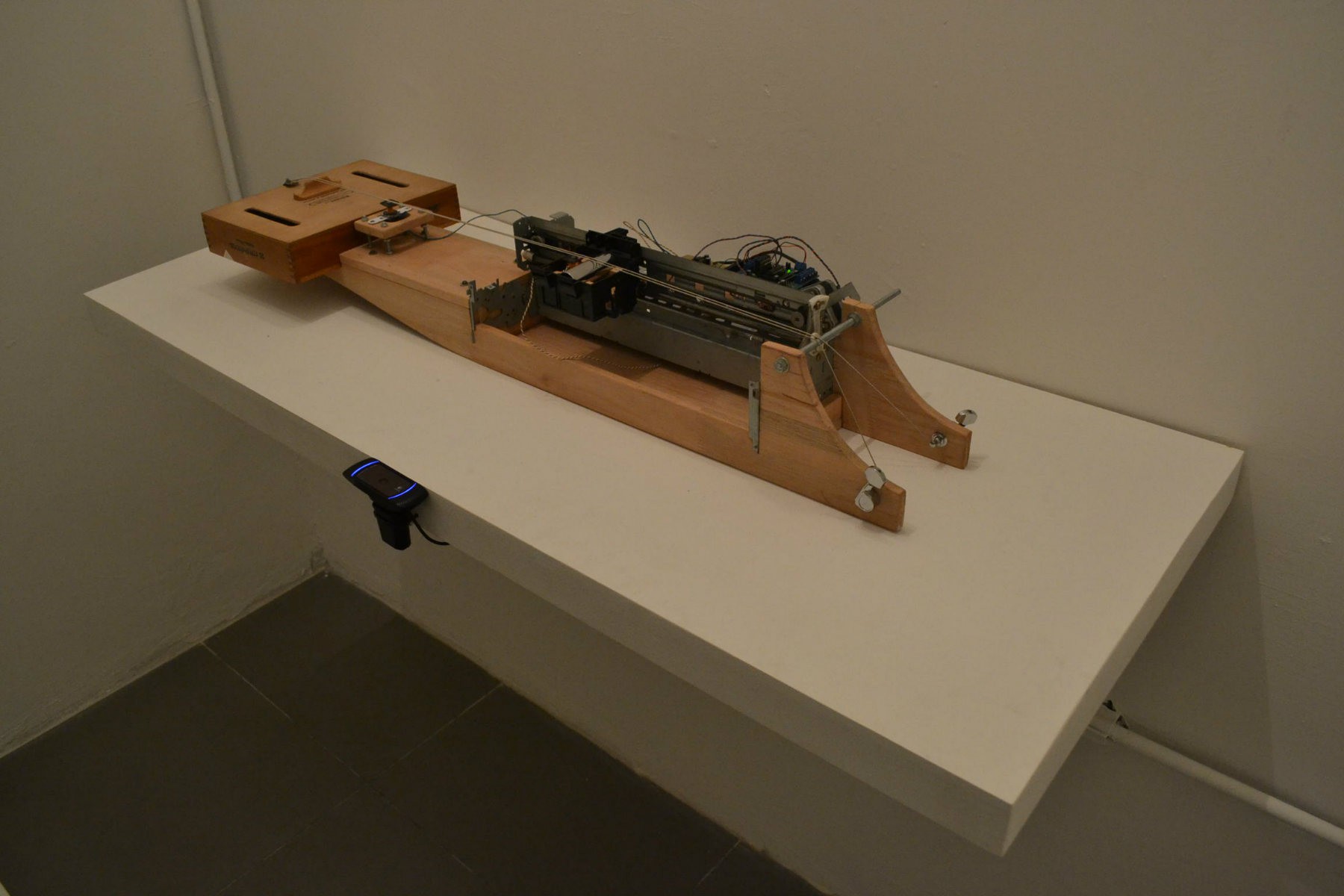
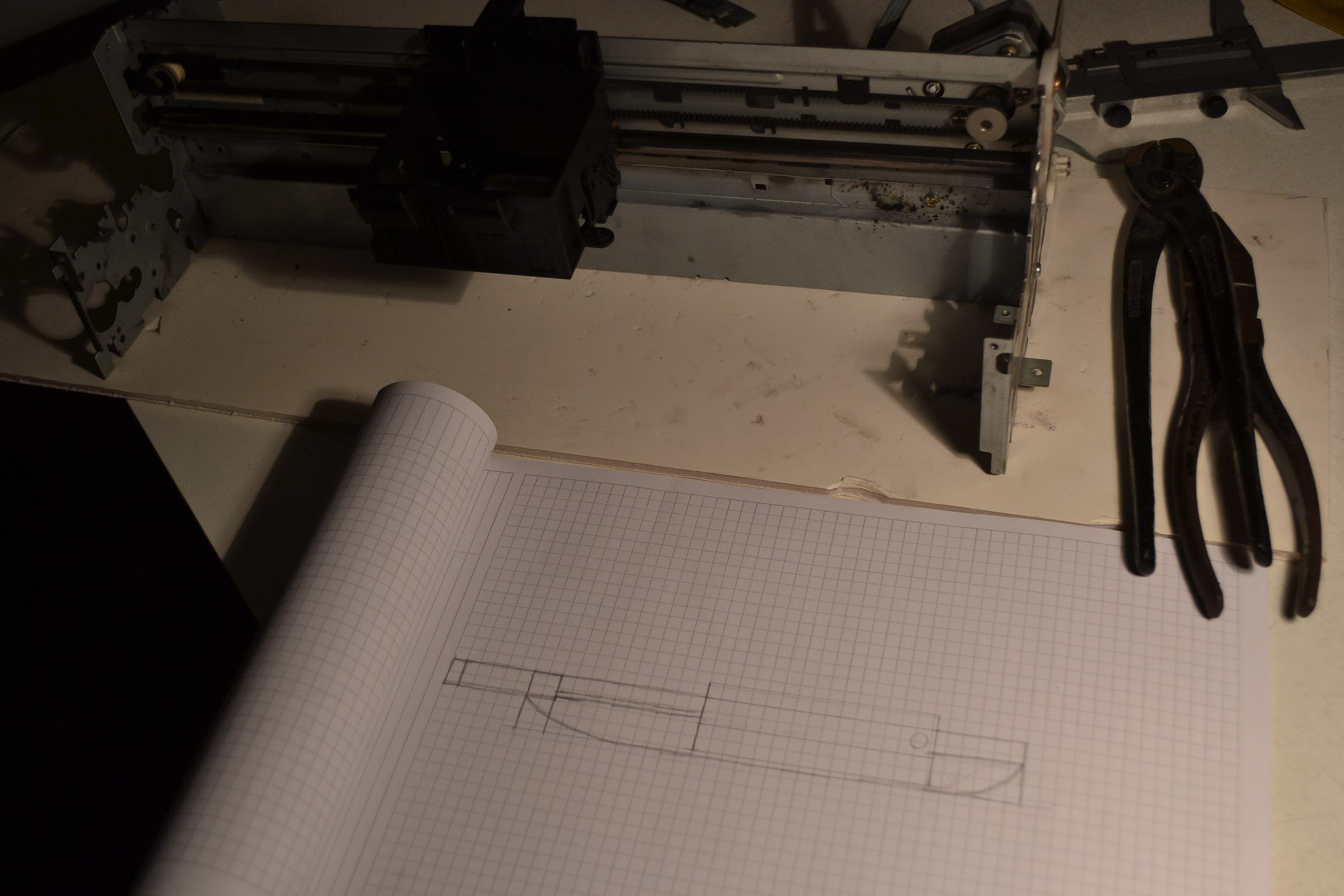
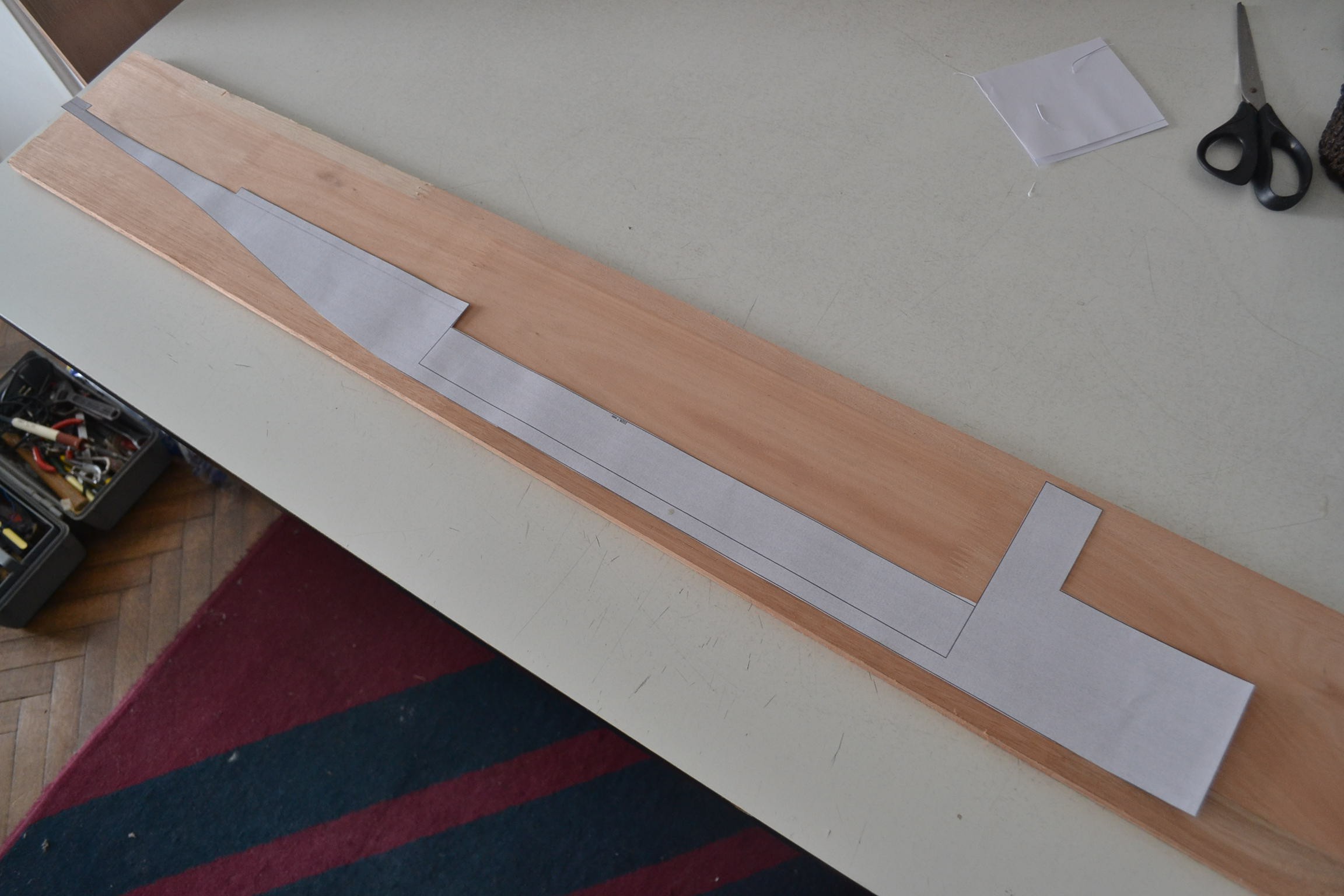
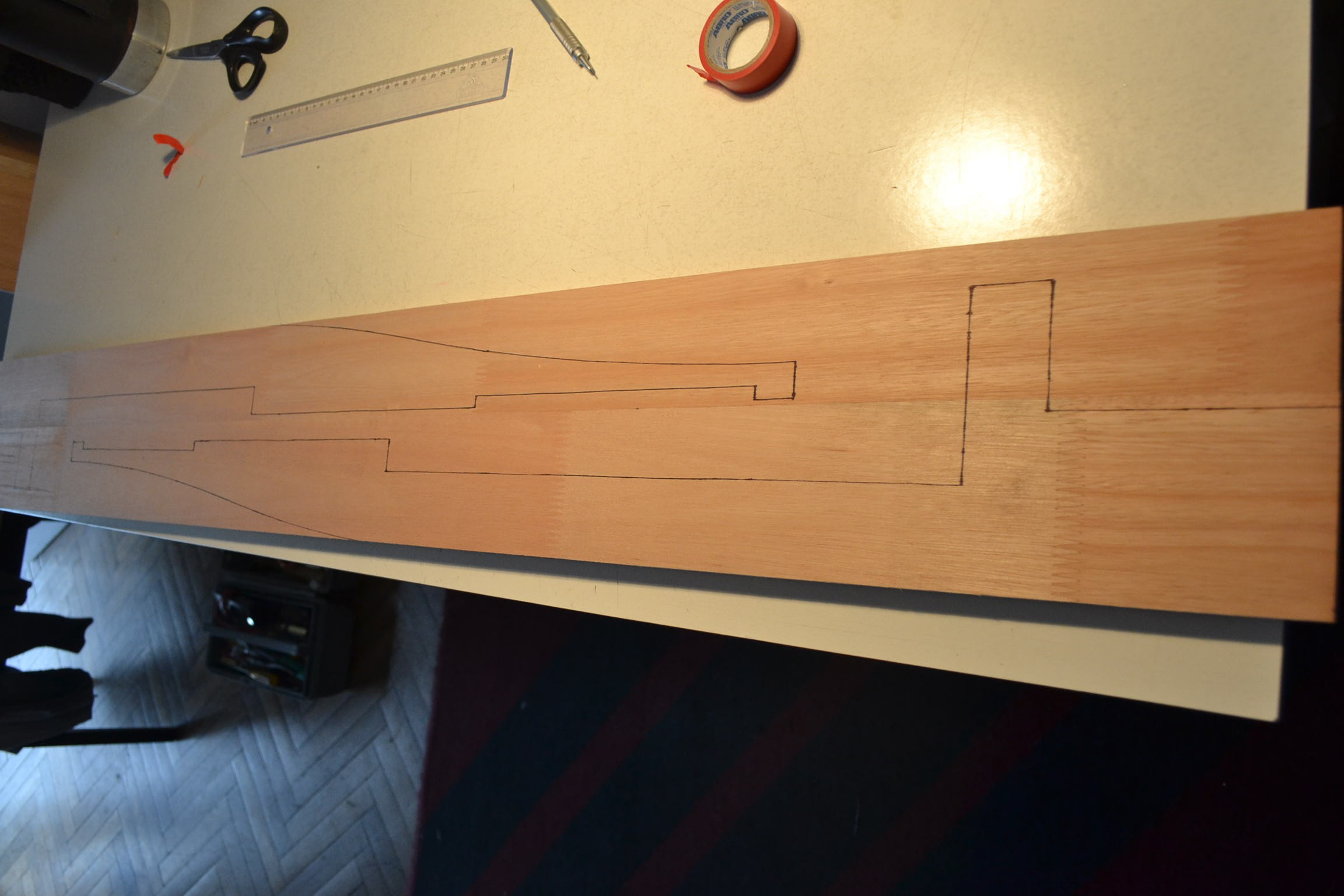
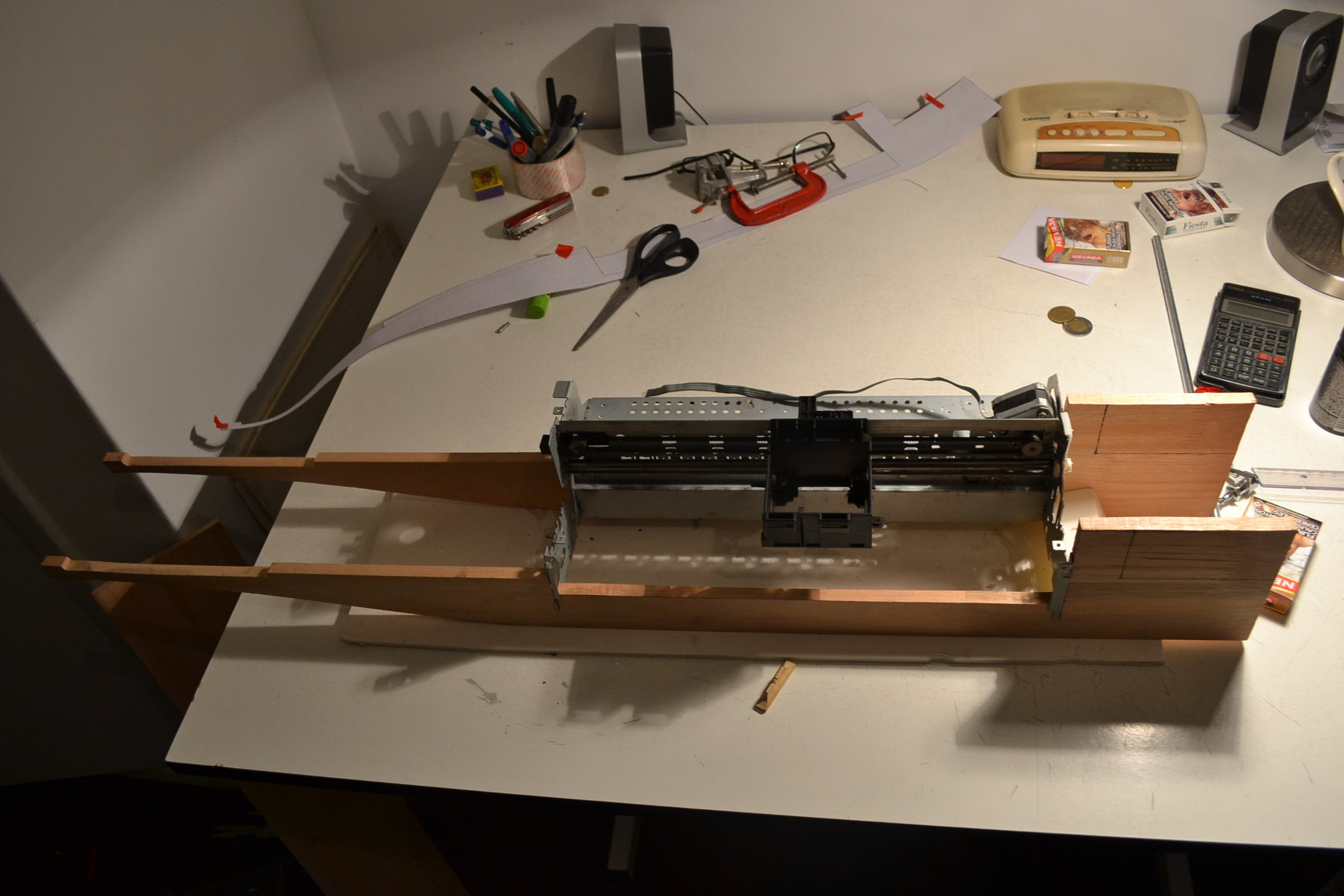
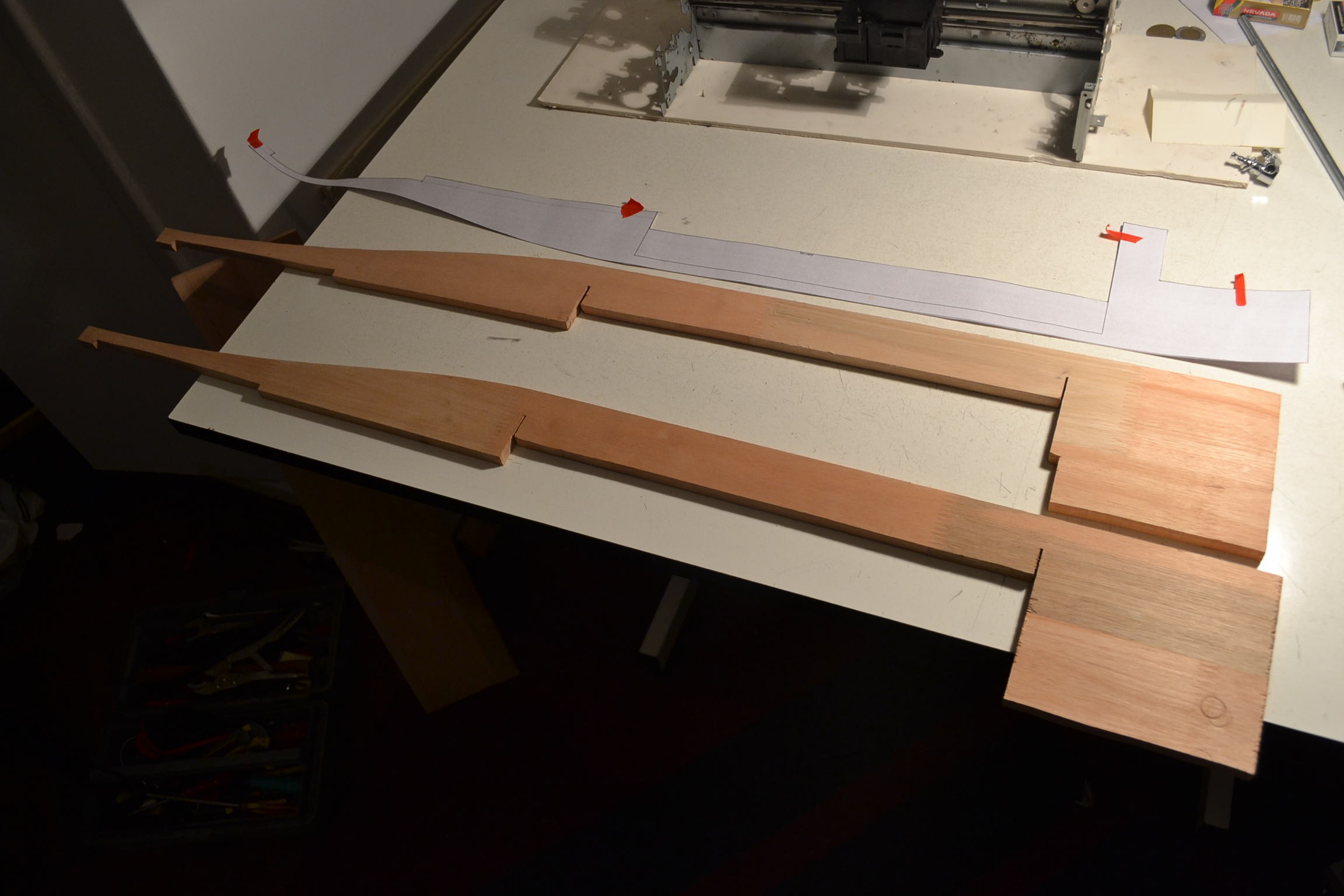
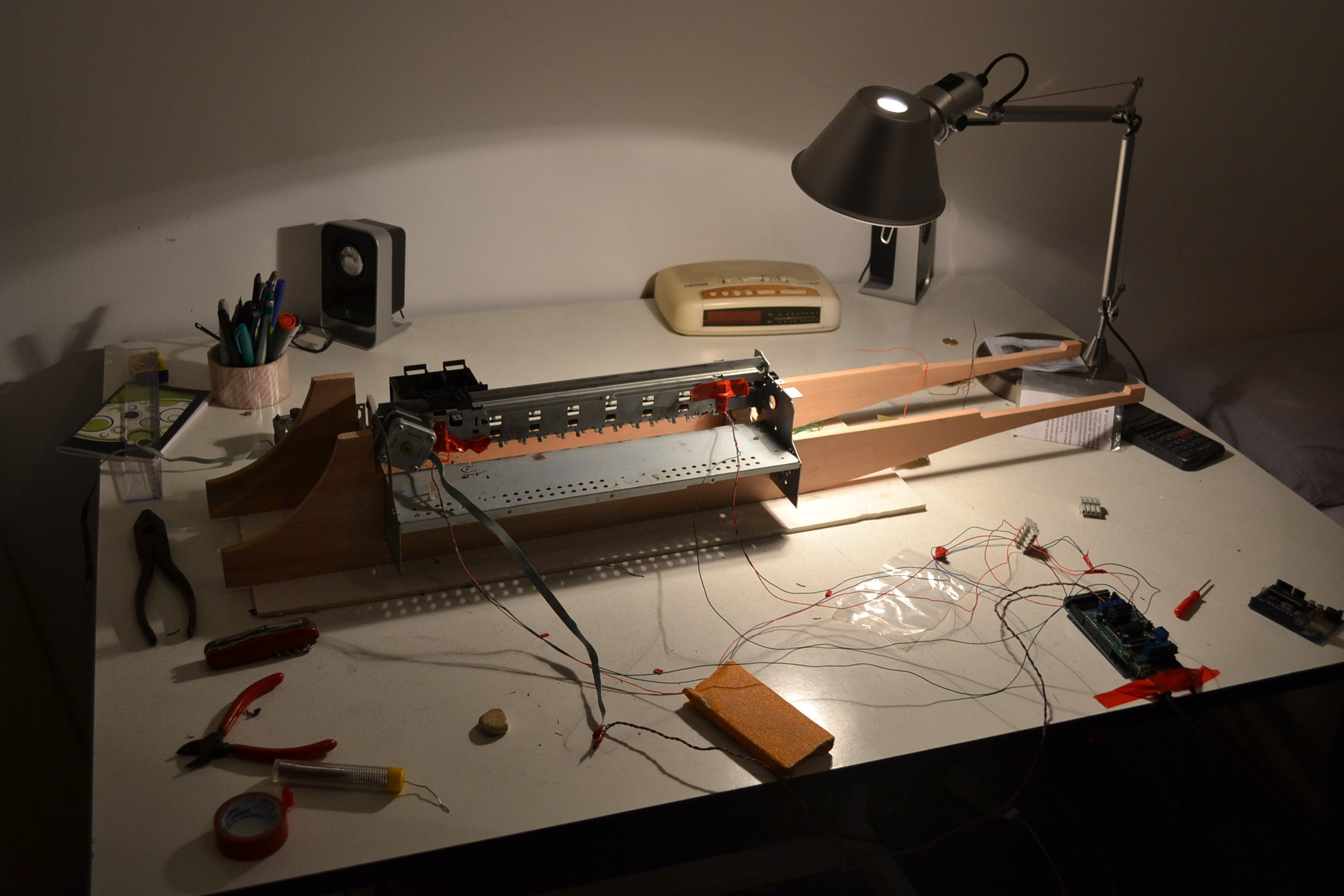
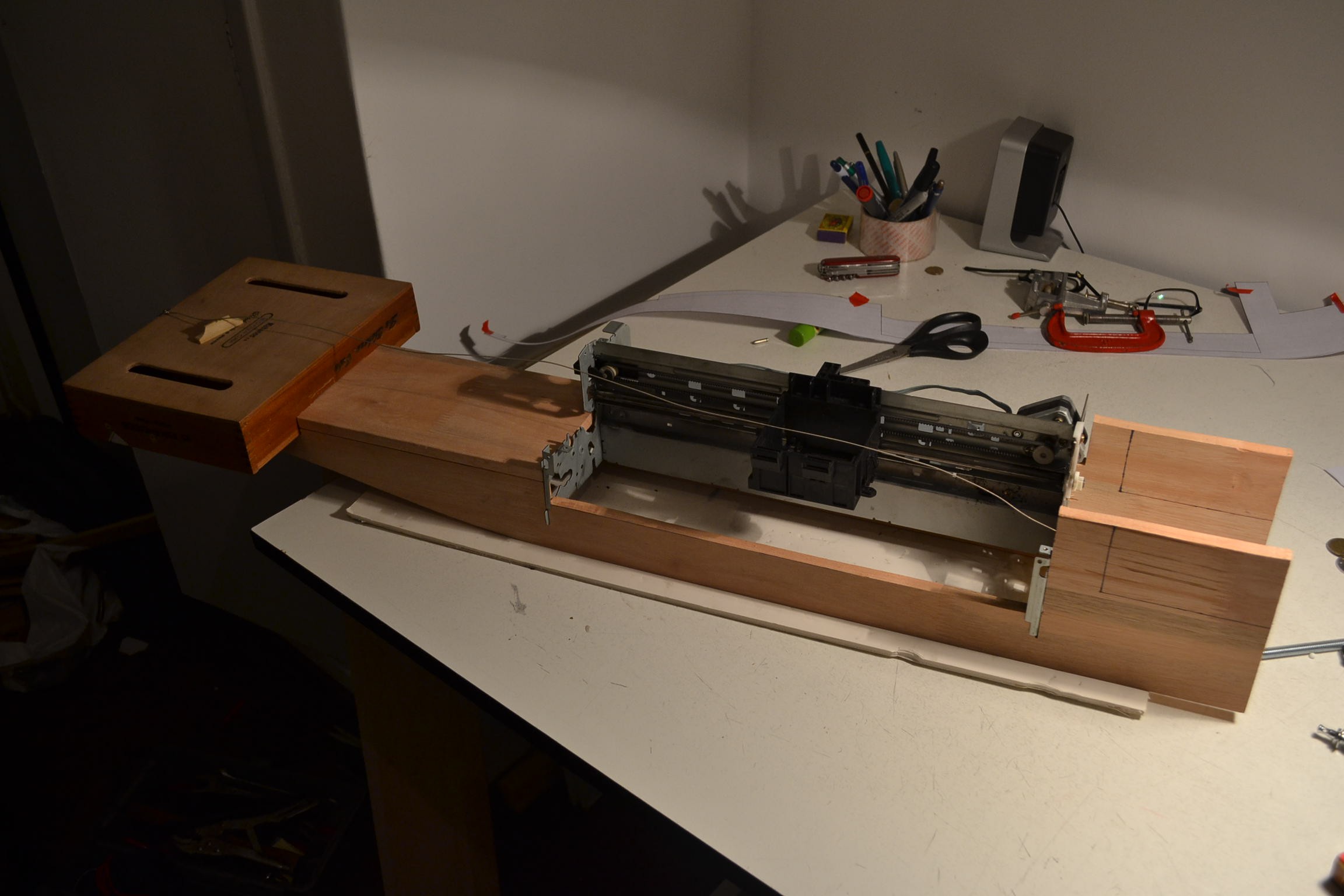
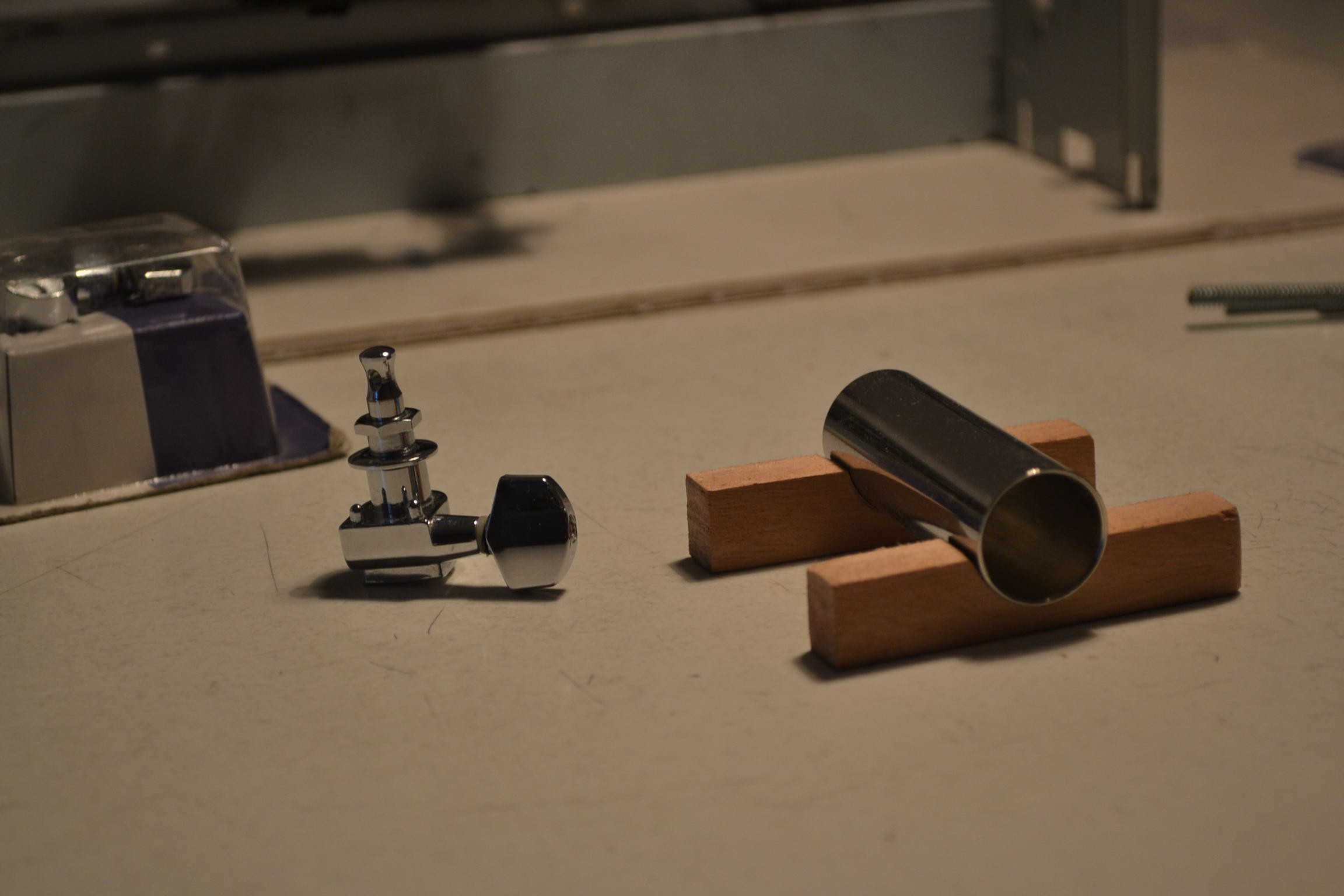
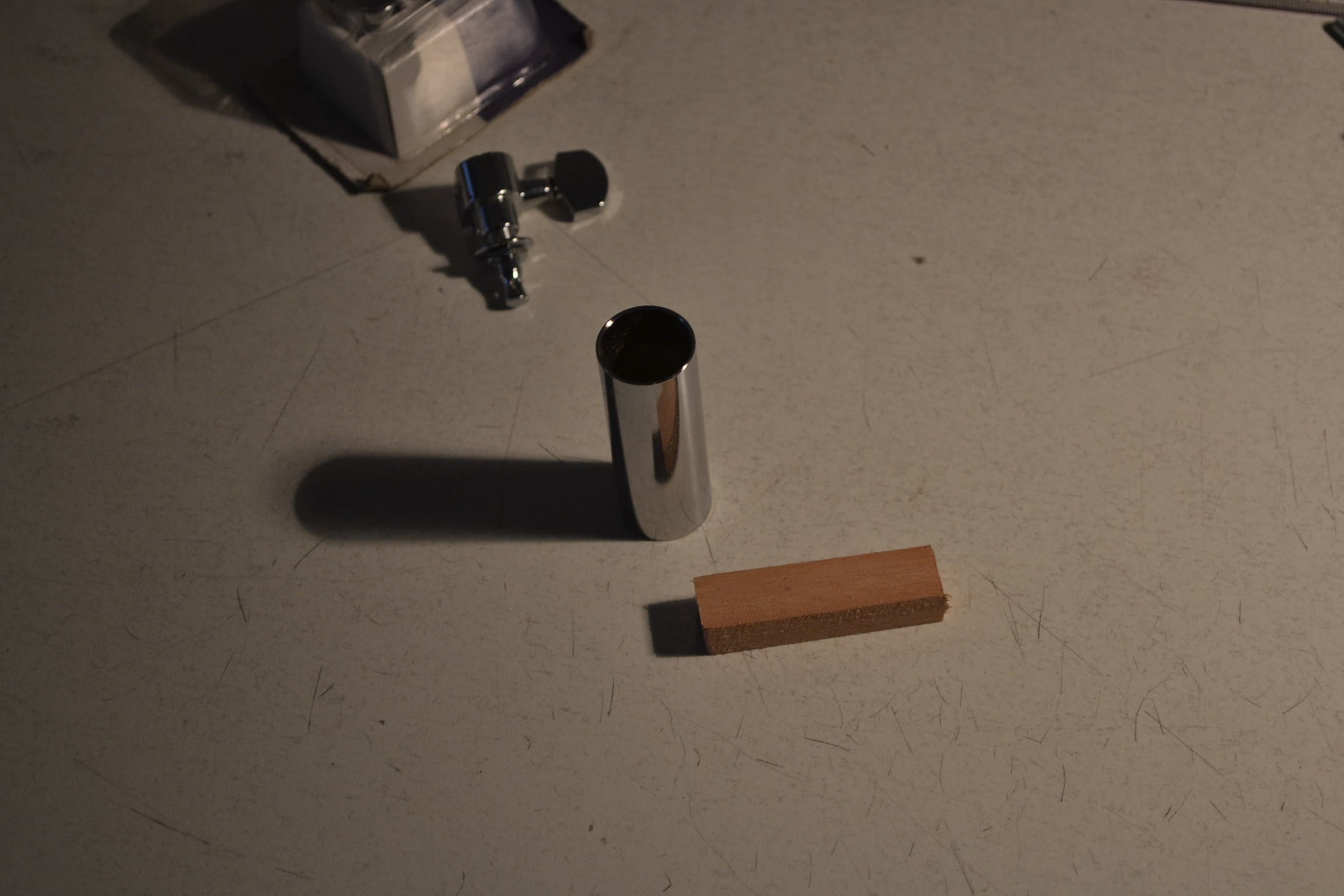
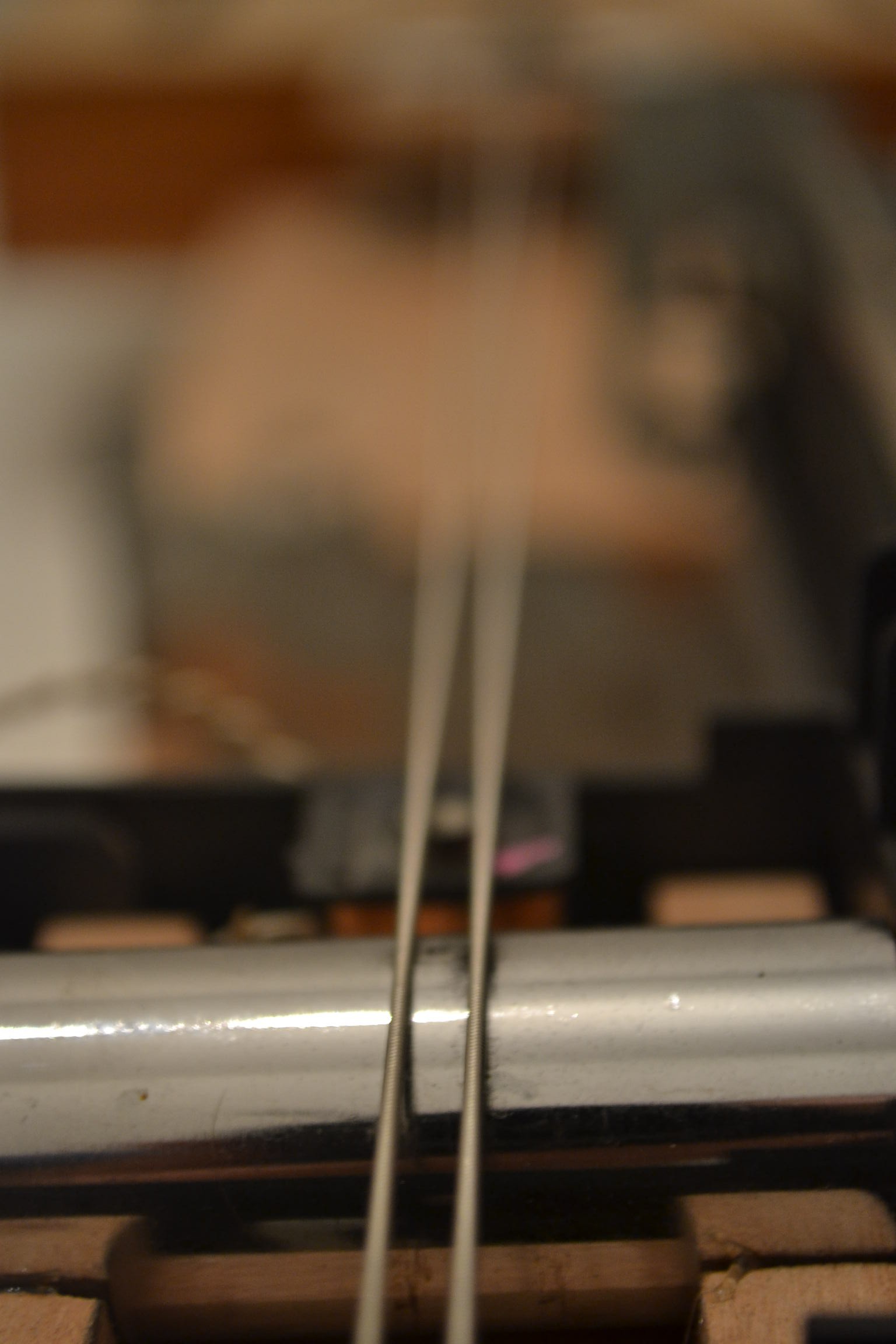
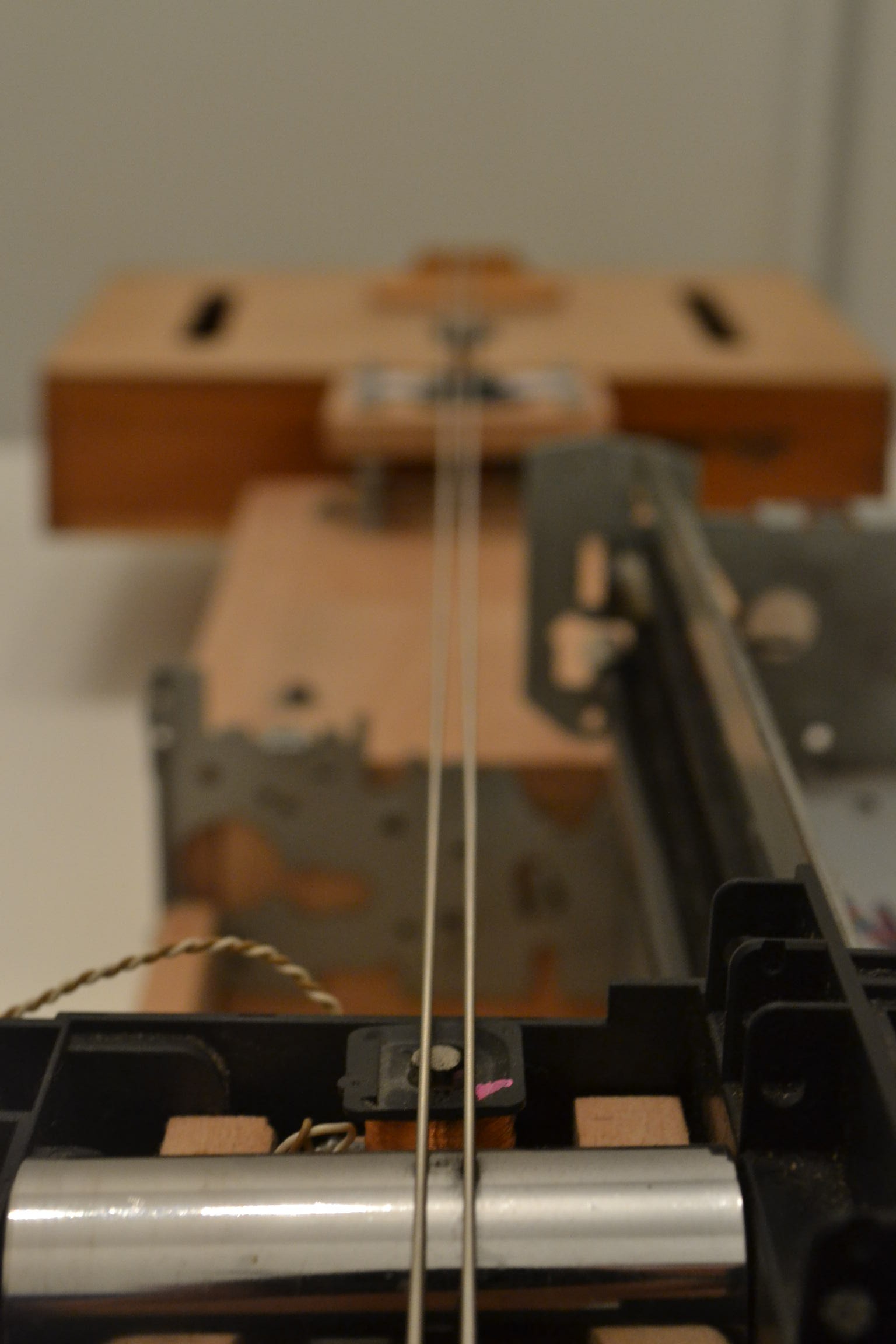
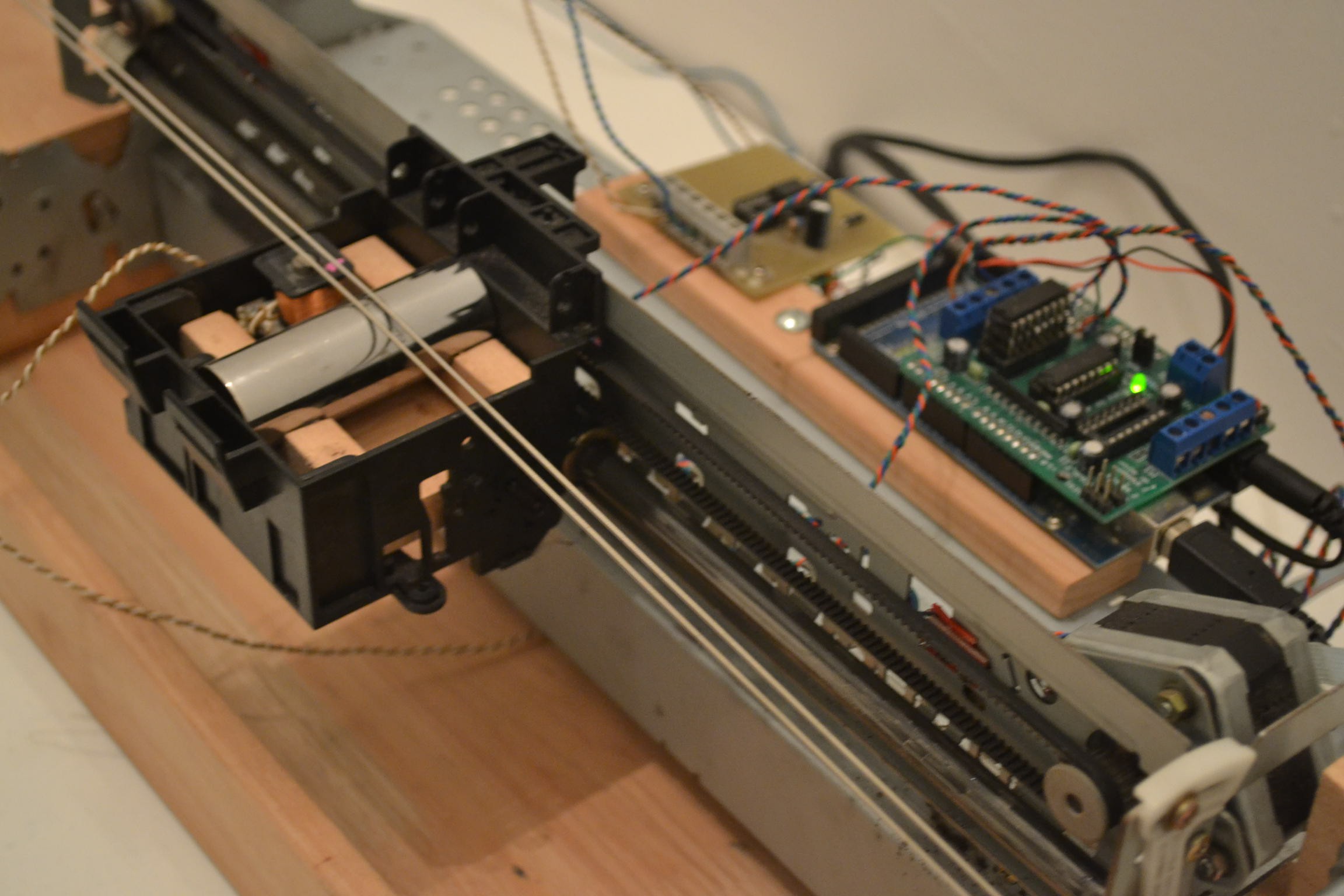

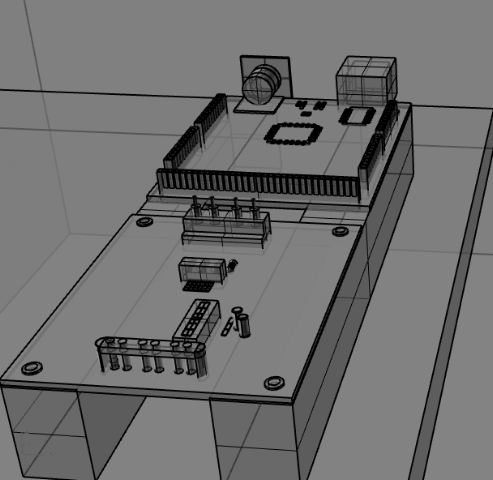
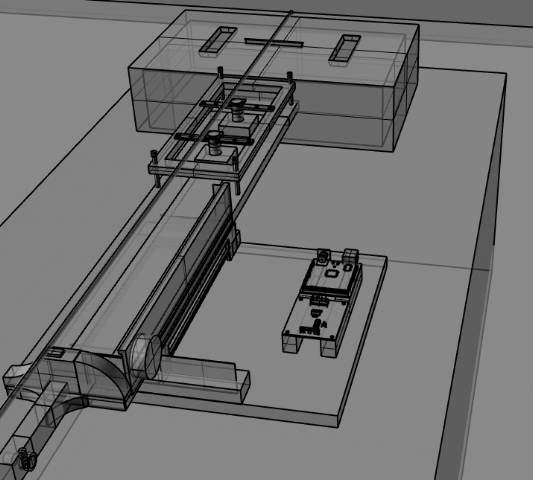
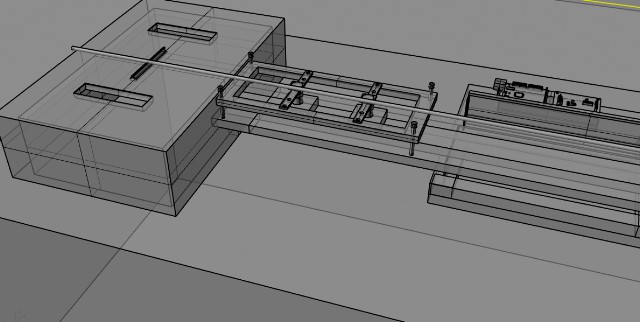
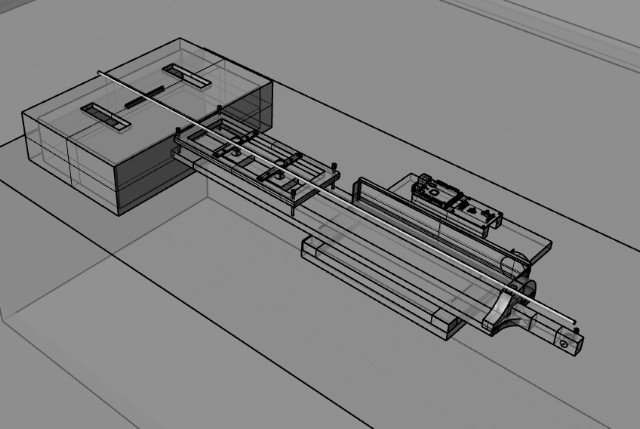
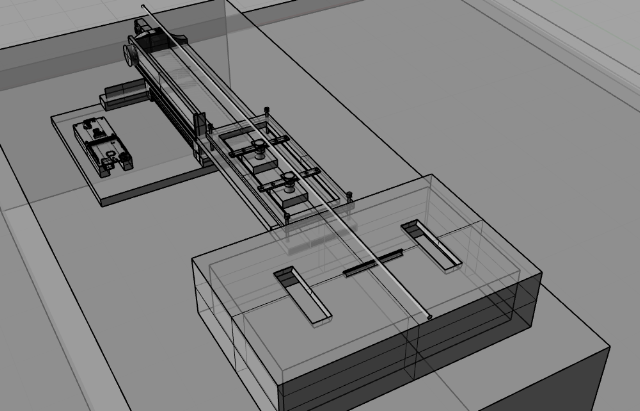
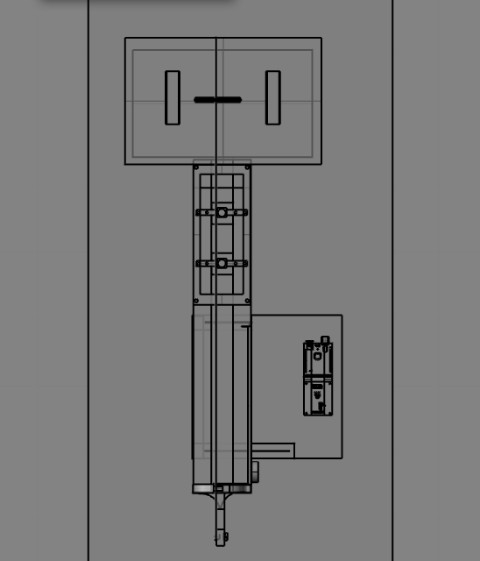
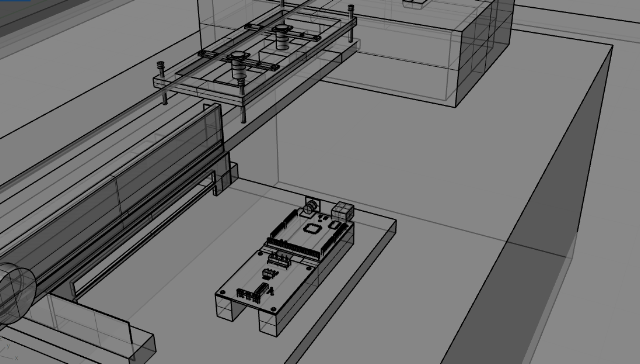
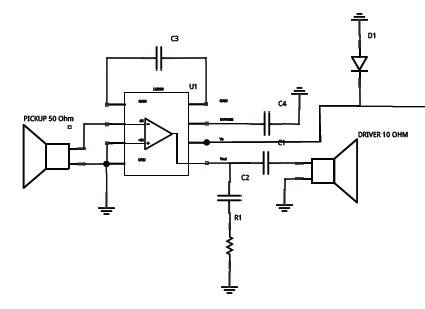
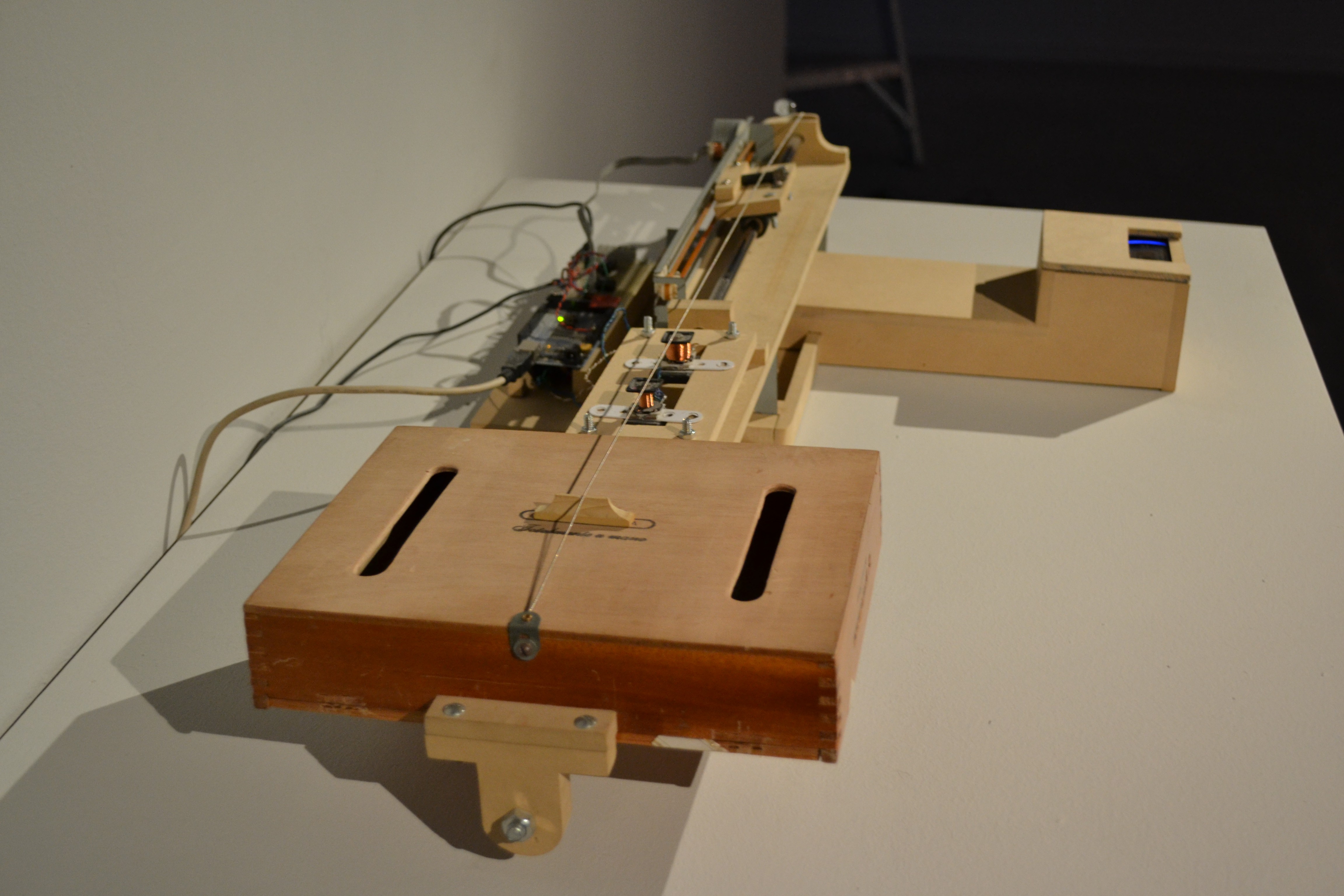
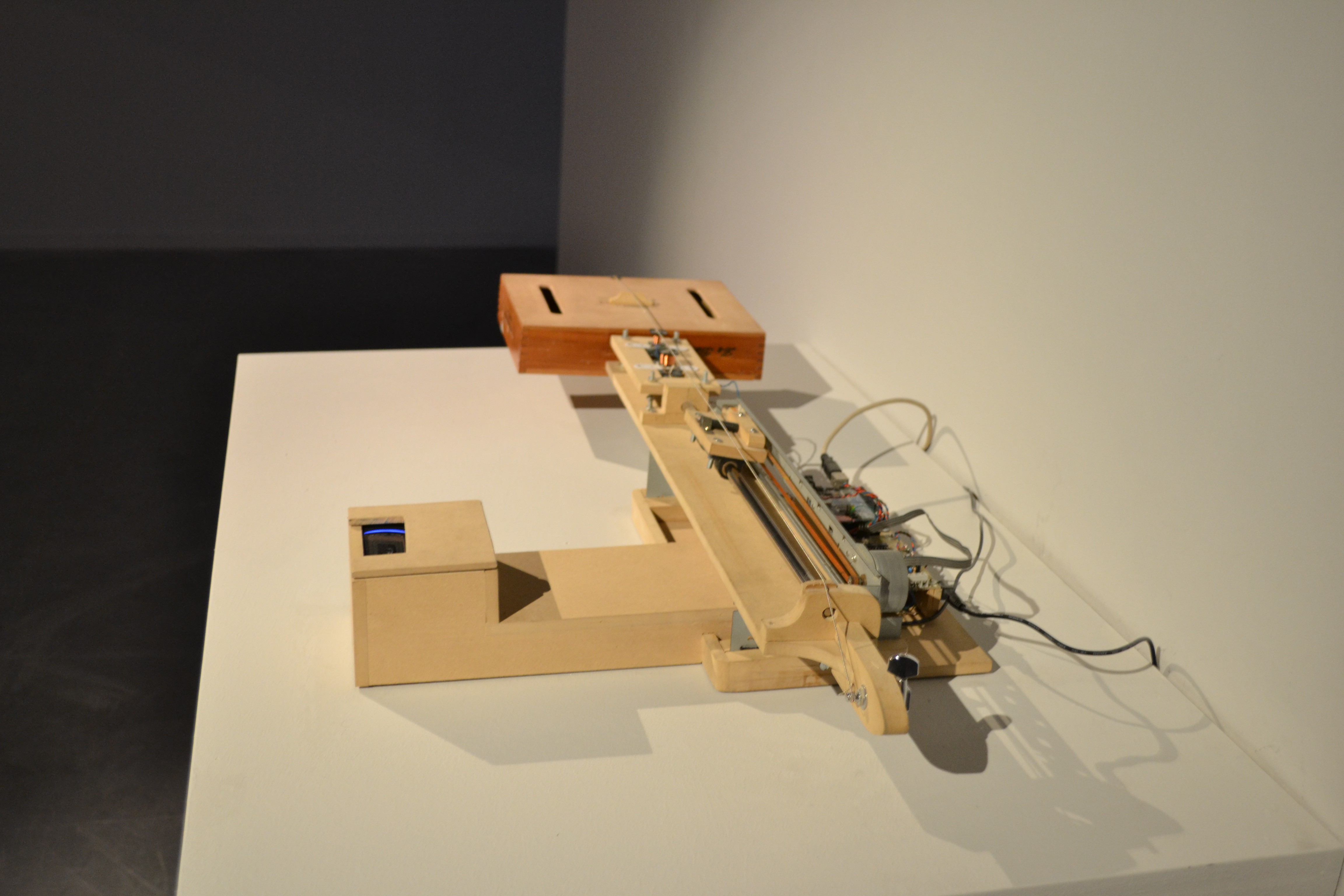
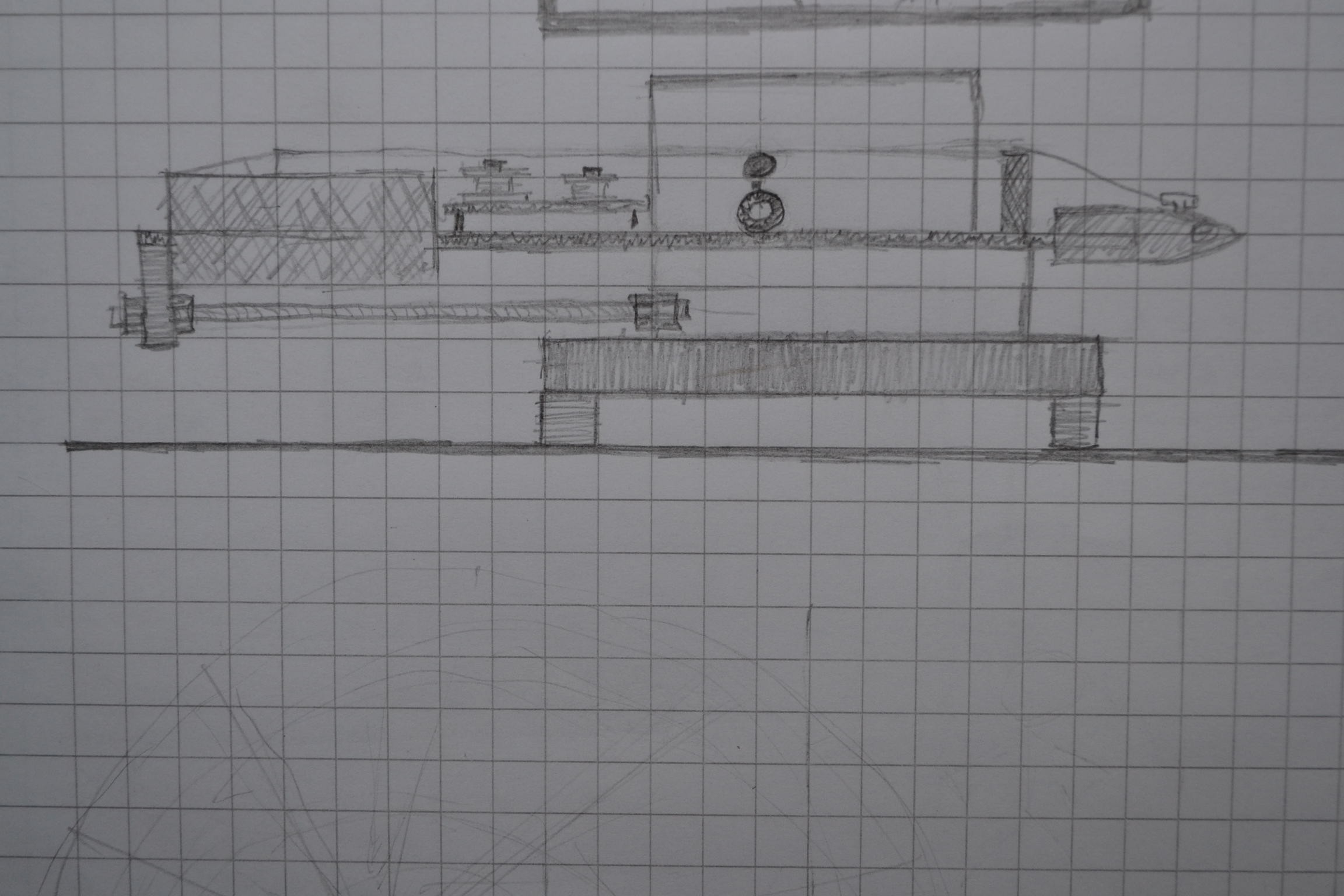
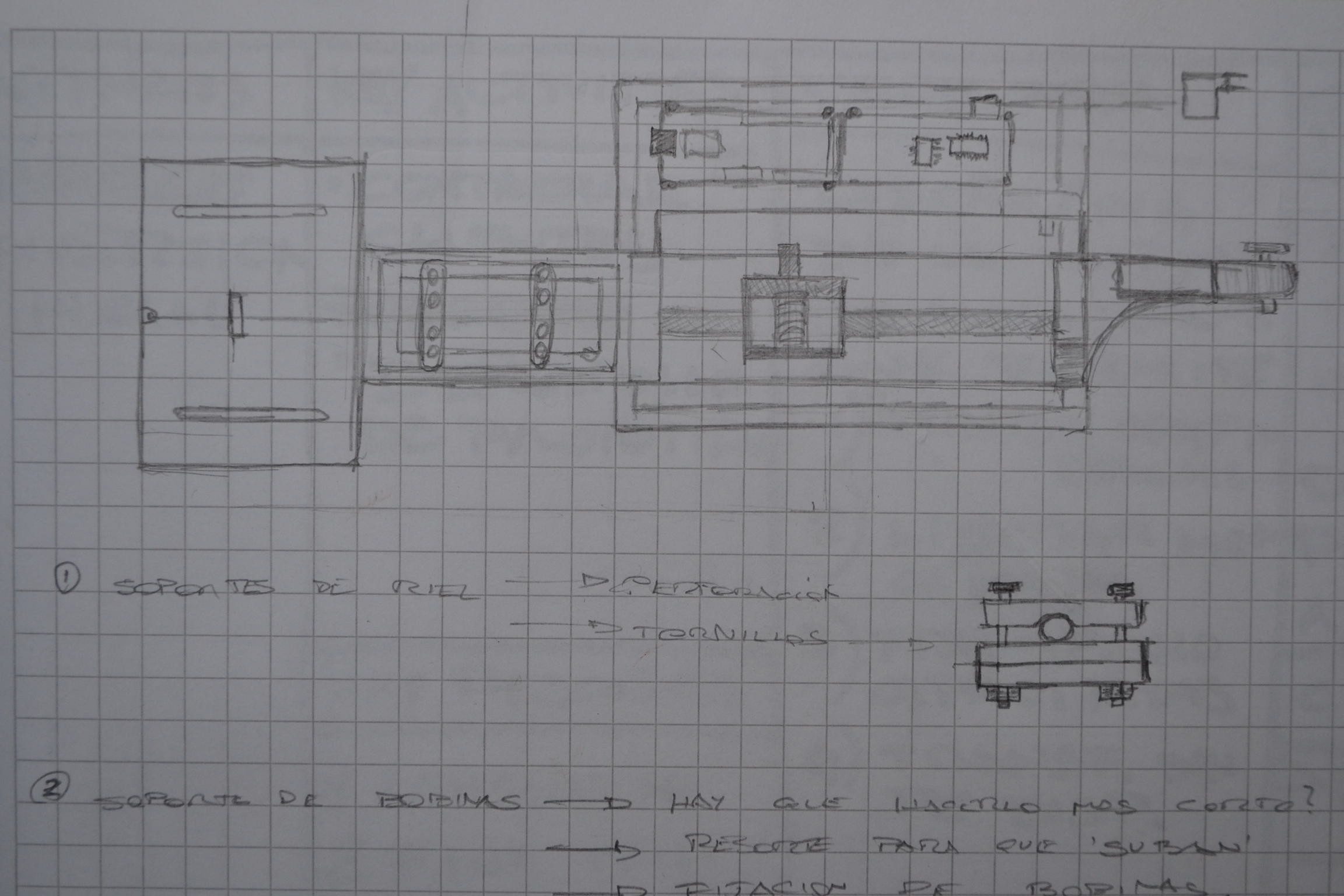
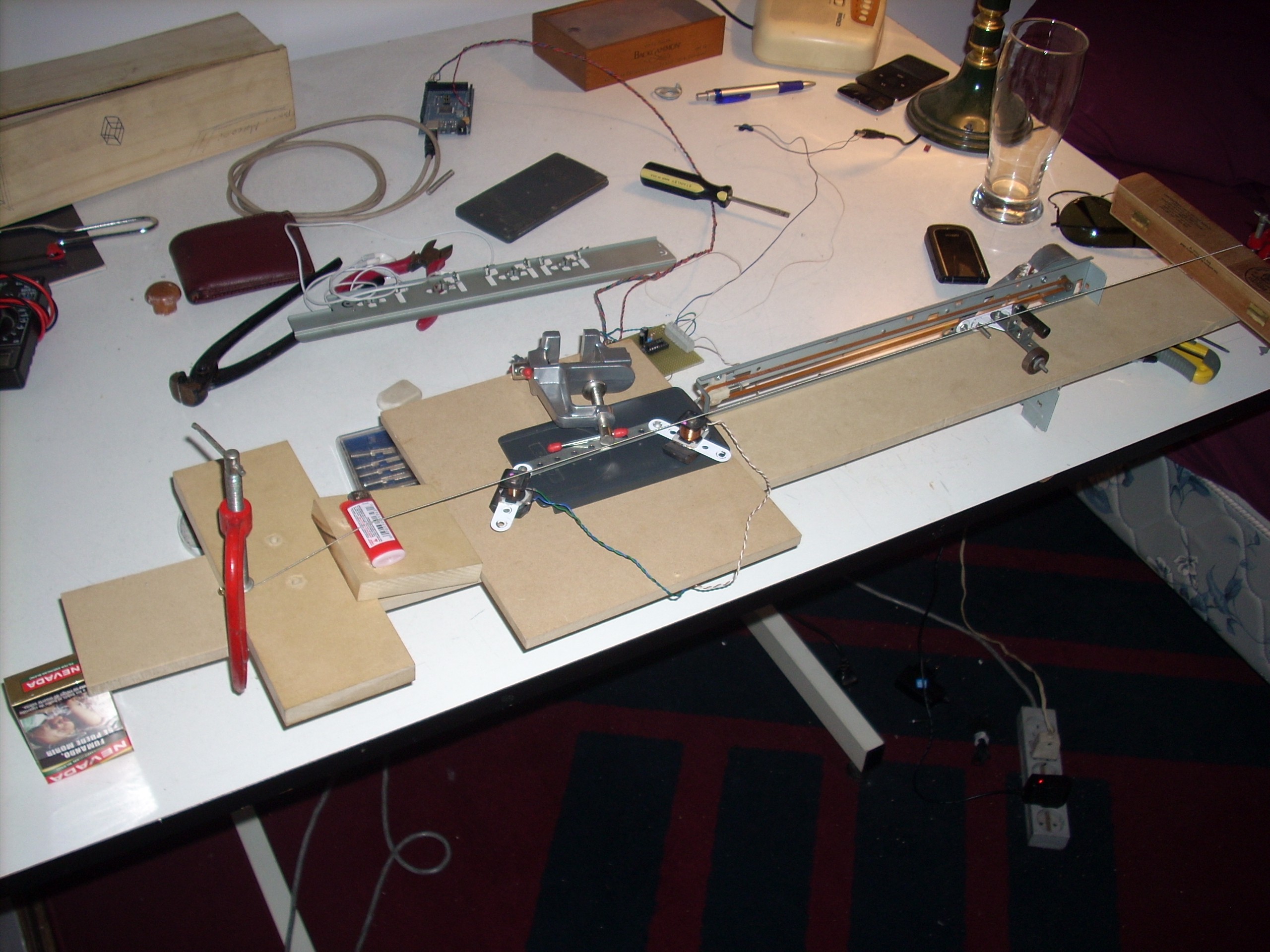




 New Dexterity
New Dexterity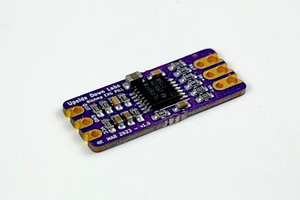
 Deepak Khatri
Deepak Khatri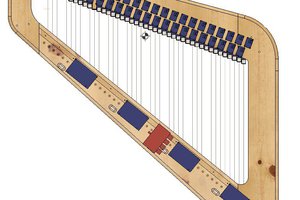
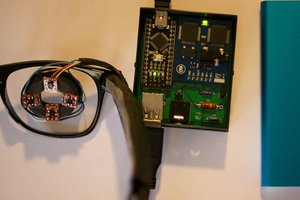
 Malte
Malte
This is ... Actually a really cool project!
It's a fun idea to make this ... Well, reverse-synthesizer, I'd almost say. Computer controlled but using real strings to generate sound.
One question though: Couldn't a slightly cheaper gesture or TOF distance sensor be used to generate the sounds, or maybe a setup similar to that of a Theremin?
Then, a PC and image processing wouldn't be necessary any more :D